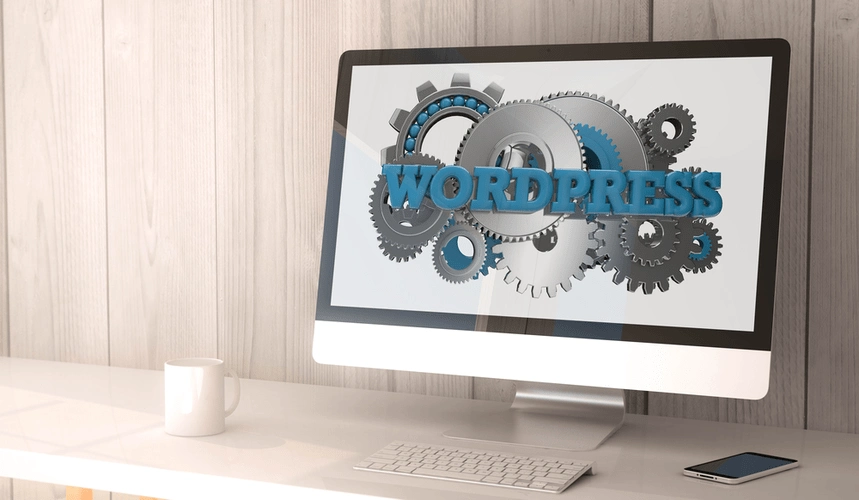The emerging policy landscapes on both sides of the Atlantic reflect progress towards a significant governmental role in protecting citizens from AI harms. Yet this shared ambition does not make consistent regulations especially likely. For context, a 2009 analysis documented thousands of instances of regulatory divergence and non-tariff barriers to trade between the EU and U.S. That the ensuing efforts to bring these policies into alignment have gone quite poorly suggests that preventing the incoherence might be the best approach. AI regulations, which are likely to include many technical definitions even specific mathematical formulas, are certain to offer many opportunities for honest disagreement.
Finance related risks are best assessed through quantitative risk assessments. Quantitative risk assessments are easier to automate than qualitative risk assessments and are generally considered more objective. Risk assessments are inherently qualitative – while we can derive metrics from the risks, most risks are not quantifiable.
The 4 essential steps of the Risk Management Process are:
In ideal risk management, a prioritization process is followed whereby the risks with the greatest loss and the greatest probability of occurring are handled first. Risks with lower probability of occurrence and lower loss are handled in descending order. The Risk Management Process is crucial for any organization to systematically identify, assess, and manage risks.
This could be facilitated by tasking a central office as an international AI regulatory coordinator, which advise agencies on how to avoid conflicting future rules. If these steps prove fruitful, the EU and U.S. can work towards consistent processes and criteria for auditing AI systems. The next step in the management process is to identify potential risks that when triggered will cause problems. Failure to identify risks or to have precise analyzation could cause major liabilities for business. Several tools can be used to assess risk and risk management of natural disasters and other climate events, including geospatial modeling, a key component of land change science.
The Risk Management Process: 4 Essential Steps
This way, the risk management workflow itself is not interrupted or delayed in significant ways during the treatment stage. These risks can differ from misalignment between stakeholders to lack of resources to major regulatory changes in the industry. Risks can cause small delays or significant impacts, so it’s important to understand your risks and how to manage them for your best chance of success. This is especially important, considering a staggering 65% of projects fail.

Controls may focus on management or decision-making processes. Even after each of the above steps, it is important that results be tracked and monitored to ensure that risks remain within the limits established by the organization’s leaders. Risk conditions can change rapidly, asset values can fluctuate and stakeholder preferences can change. A critical part of monitoring is ensuring that managers and senior leaders are informed about progress toward risk goals and changes that might have organizational impact. The cycle is similar to the PDSA (Plan-Do-Study-Act) cycle popularized by Dr. W. Edwards Deming, enabling continual improvement of the risk management process. As various teams throughout the organization take actions to identify, analyze and respond to risk, the results inform and refine the next iteration.
Identify the risk
Your assessment can be performed using a matrix like the one below. For each identified risk, determine both the likelihood of it happening and the level of negative impact it would have on your business. This exercise is also best done in collaboration with leaders of each department. To start this process, list out any and all events that would have a negative impact on your business.

If you don’t give each risk a person tasked with watching out for it, and then dealing with resolving it when and if it should arise, you’re opening yourself up to more risk. It’s one thing to identify risk, but if you don’t manage it then you’re not protecting the project. You need to evaluate the risk to know what resources you’re going to assemble towards resolving it when and if it occurs. Lucidchart is https://www.globalcloudteam.com/ the intelligent diagramming application that empowers teams to clarify complexity, align their insights, and build the future—faster. With this intuitive, cloud-based solution, everyone can work visually and collaborate in real time while building flowcharts, mockups, UML diagrams, and more. Be sure to actively maintain the risk register—it should be a living document that you and your team refer to often.
Risk management limitations and examples of failures
After establishing the context, the next step in the process of managing risk is to identify potential risks. Risks are about events that, when triggered, cause problems or benefits. Hence, risk identification can start with the source of problems and those of competitors , or with the problem’s consequences. Now that you have a list of potential or existing threats and risks, it’s time to assess the likelihood of the event happening and the level of impact. Doing this risk analysis helps determine the priority levels of each risk so you don’t over- or under-allocate resources for mitigation in the next step. The final component of this first step, risk identification, is to record the findings in a risk register.
- In enterprise risk management, managing risk is a collaborative, cross-functional and big-picture effort.
- Next, you’ll need to decide on the combination of methods to be used for each risk.
- The risk management field employs many terms to define the various aspects and attributes of risk management.
- The fundamental difficulty in risk assessment is determining the rate of occurrence since statistical information is not available on all kinds of past incidents.
- This is especially important, considering a staggering 65% of projects fail.
- Both buy insurance to protect against a range of risks — from losses due to fire and theft to cyber liability.
In manual systems, each step involves a lot of documentation and administration. A risk register or template is a good start, but you’re going to want robust project management software to facilitate the process of risk management. ProjectManager is a cloud-based tool that fosters the collaborative environment you need to get risks resolved, as well as provides real-time information, so you’re always acting on accurate data.
Items Impacted by the COVID-19 Pandemic
This may also be acceptable if the chance of a very large loss is small or if the cost to insure for greater coverage amounts is so great that it would hinder the goals of the organization too much. The APM Risk SIG provides a forum in which to share knowledge and ideas, develop expertise https://www.globalcloudteam.com/glossary/risk-management/ and understanding and actively promote the adoption of project risk management. Since the dawn of time, mankind has used myths to make sense of the uncertainty that surrounds us. More recently, in the world of business and projects, risk management has performed the same role…
Once risks have been identified, they must then be assessed as to their potential severity of impact and to the probability of occurrence. These quantities can be either simple to measure, in the case of the value of a lost building, or impossible to know for sure in the case of an unlikely event, the probability of occurrence of which is unknown. Therefore, in the assessment process it is critical to make the best educated decisions in order to properly prioritize the implementation of the risk management plan. It’s important to understand common risk management processes and risk mitigation strategies so that you can drive successful project outcomes. The risk management process will help you plan for and anticipate risks, and mitigation strategies will give you tools to deal with them if they do happen.
Risk Control
By outlining your risk register with the proper data points, you and your team can quickly and correctly identify and assess possible threats to any project. Now that you have identified, assessed, and made a mitigation plan, you need to monitor for both the effectiveness of your plan and the occurrence of risk events. Monitoring the status of risks, monitoring the effectiveness of mitigation plans implemented, and consulting with key stakeholders are all parts of the risk monitoring step. Risk monitoring should happen throughout the risk management process. This holistic approach to managing risk is sometimes described as enterprise risk management because of its emphasis on anticipating and understanding risk across an organization. In addition to a focus on internal and external threats, enterprise risk management emphasizes the importance of managing positive risk.
برچسب ها: